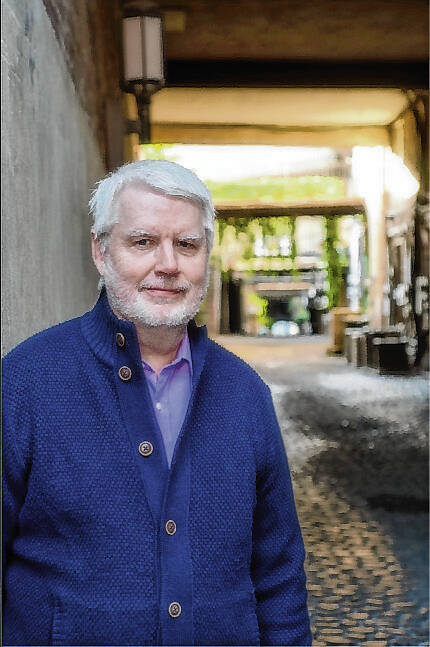
Carlson
I have visited Bethlehem only once and that was nearly 50 years ago, but I will never forget the experience.
As is true of other Christians, I came not as a tourist, but as a pilgrim.
Tourists are attracted to sacred sites for many reasons. Some come out of curiosity. Some come because they’ve been told by friends or travel books that the site is a “must see.” Others might come for the simple reason that the site is famous for drawing crowds, and crowds can’t be wrong, can they?
Pilgrims journey to sacred sites for different reasons.
For thousands of years, pilgrims have traveled dusty and sometimes dangerous roads because they have a need.
Perhaps that need is to plead for forgiveness, to offer thanksgiving, or to honor a place where something divine happened in the past.
Always, however, human beings have taken pilgrimages because they recognize a need for change within themselves.
Bethlehem serves both tourists and pilgrims.
The tiny city on the West Bank, the area populated today by Palestinians, is awash with souvenir shops.
That is especially the case at Christmas time, for Bethlehem is the birthplace of Jesus.
Even non-Christian and non-religious travelers frequently take in Bethlehem, the way that on a trip to India I might visit Lumbini, the birthplace of the Buddha.
Tourists might find the behavior of pilgrims at sacred sites to be off-putting or entertaining.
To see people kneeling, lighting candles, praying in public, or weeping is an uncommon experience that might strike tourists as excessive, as showy.
But tourists visiting sacred sites always run the risk of being moved by what they see and becoming, almost against their will, pilgrims themselves.
I saw this happen numerous times when my wife and I took students to Europe and the Middle East.
And it has happened to me.
The main draw for both pilgrims and tourists in Bethlehem is the Church of the Nativity, the traditional site of Jesus’ birth.
I have some vague memories of the ornateness and candlelit darkness of the church’s interior, but my clearest memory is of the church’s entrance.
The best way I can describe the entrance is that it is low and narrow, which means that visitors have to bow down, humble themselves, to enter the church.
Humility is the price of seeing the place where, in Christian understanding, light broke into our dark world.
I suspect Bethlehem this Christmas season will offer many indications that we still live in darkness. Armed police, soldiers, checkpoints and scanners will likely be as numerous as the tourists and pilgrims. Violence in the West Bank is always possible, but more so this year.
Christians throughout the world will think of Bethlehem this season whenever we sing the familiar carol “O Little Town of Bethlehem.”
But this year, none of us should sing the following words sentimentally.
“O Little Town of Bethlehem, how still we see thee lie;
Above thy deep and dreamless sleep the silent stars go by.
Yet in thy dark streets shineth the everlasting light,
The hopes and fears of all the years are met in thee tonight.“
This year, Bethlehem, Gaza and Israel do not lie still.
There is no deep and dreamless sleep; the stars are not silent as bombs fall.
The dark streets are filled with tanks, not everlasting light.
But we should still sing this carol, especially if we treat the last line as a prayer.
May the hopes and fears of this year be met and overcome in Bethlehem tonight.
David Carlson of Franklin is a professor emeritus of philosophy and religion. Send comments to [email protected].